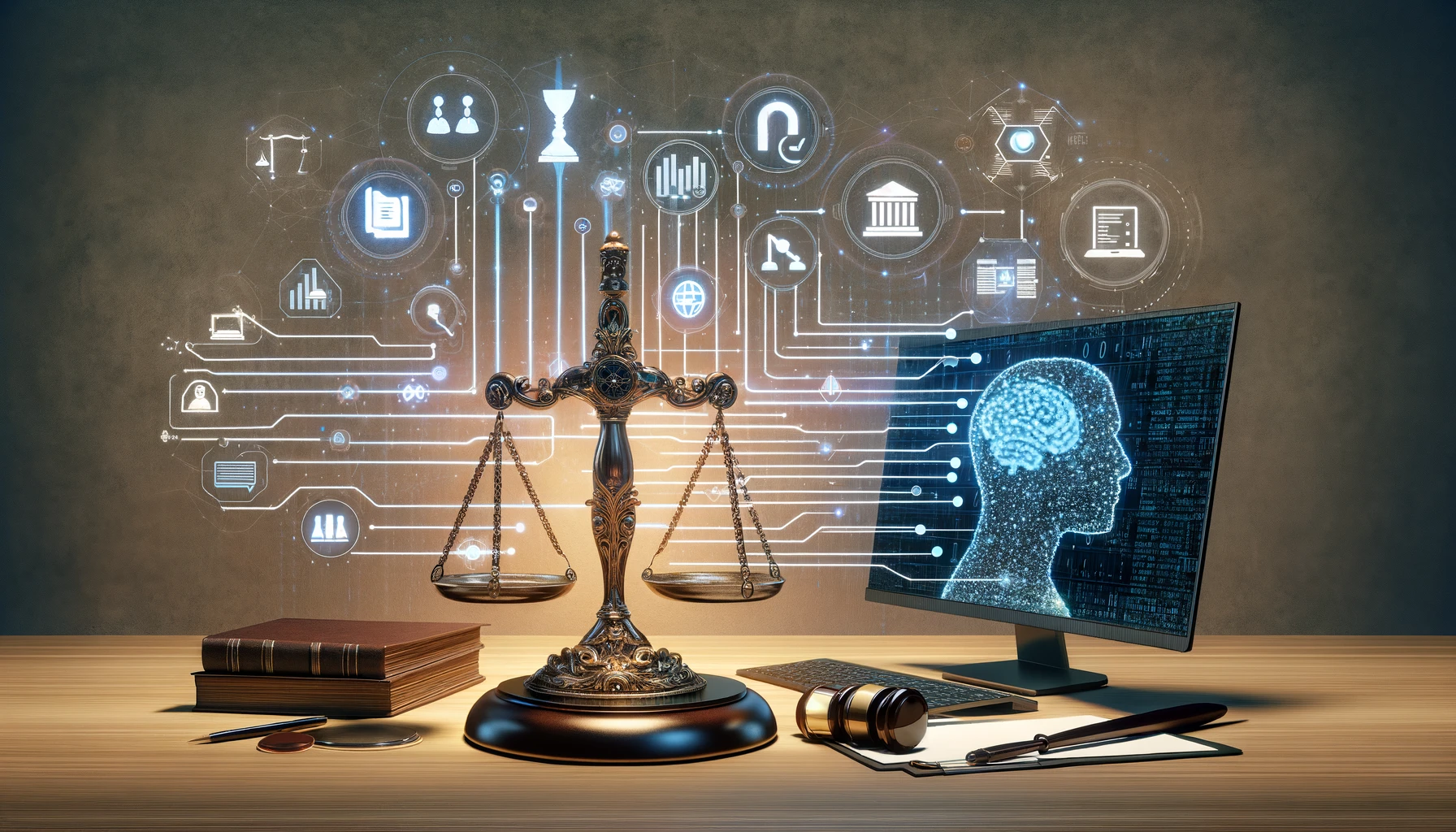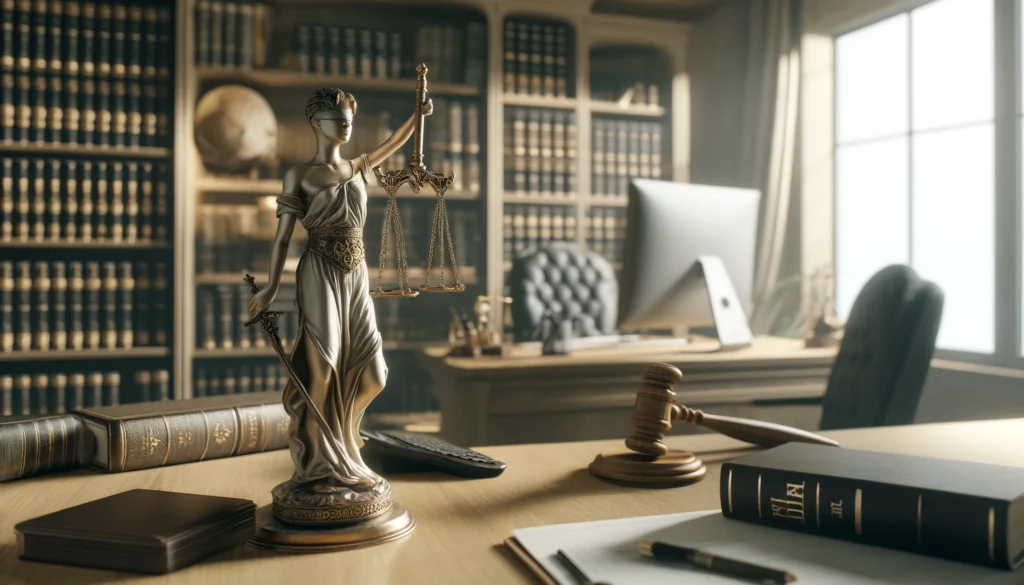
Introduction
For paralegals in the criminal defense arena, case law research is a time-consuming yet critical task. Sifting through volumes of legal precedents to uncover relevant rulings and extract pertinent information can be daunting and inefficient, diverting valuable resources from other crucial responsibilities.
However, the advent of powerful language models like ChatGPT presents an opportunity to streamline this process, allowing paralegals to leverage cutting-edge AI technology to expedite their research efforts. By crafting prompts that harness the capabilities of these models, paralegals can swiftly identify key facts, legal issues, and precedents, enabling them to generate comprehensive case briefs and memoranda with greater efficiency.
In this article, we’ll explore five prompting techniques tailored specifically for criminal defense case law research, empowering paralegals to maximize their productivity and augment their legal expertise with AI-driven insights. From extracting salient details to collaborating with attorneys on legal strategies, these prompts will serve as invaluable tools in your arsenal, revolutionizing your approach to legal research. Let’s delve into the first prompting technique, which focuses on distilling the essence of case summaries…
Prompt 1: Extracting Key Facts and Issues from Case Summaries
The key to maximizing the efficiency of this technique lies in crafting prompts that guide the model to identify and isolate the critical elements while filtering out extraneous details. Here are some prompting strategies to consider:
Concise Summary Prompts: “Summarize the key facts and legal issues presented in [case name] in 2-3 concise bullet points.”
Fact/Issue Separation Prompts: “From the summary of [case name], extract the following in separate sections:
- Key facts of the case
- Primary legal issues addressed”
Nested Prompts for Complex Cases: “For [case name]:
- Provide a 1-2 sentence summary of the case.
- List the key facts in bullet points.
- Outline the legal issues, identifying: a. Primary issue b. Secondary issues”
By experimenting with these prompting techniques, you can streamline the process of distilling intricate case details into a concise and digestible format, saving valuable time and effort.
Pro Tip: Refine your prompts iteratively by providing feedback to the model, allowing it to learn and adapt to your specific requirements for optimal extraction of key information.
Once you’ve mastered this foundational technique, you’ll be well-equipped to tackle the next crucial step: identifying relevant precedents and distinguishing cases that align with or diverge from your legal arguments.
Prompt 2: Identifying Relevant Precedents and Distinguishing Cases
Precedent Identification Prompts: “Based on the facts and issues in [current case], identify and list relevant precedent cases that address similar legal questions, along with a brief explanation of their relevance.”
Case Distinction Prompts: “Compare and contrast the facts and legal issues in [current case] with [precedent case]. Highlight the key similarities and differences that could impact the legal analysis and outcome.”
Hypothetical Scenario Prompts: “Assuming the following hypothetical scenario [describe scenario], how would the legal analysis and potential outcome differ from [current case] and [precedent case]? Explain the rationale behind your assessment.”
By leveraging these prompting techniques, paralegals can harness the power of language models to swiftly identify pertinent precedents, dissect case similarities and differences, and explore hypothetical scenarios – all critical components of building a robust legal strategy.
Pro Tip: Incorporate specific legal terminology and concepts into your prompts to ensure the model’s responses are tailored to the nuances of criminal defense law.
Prompt 3: Generating Case Briefs and Legal Memoranda
Case Brief Prompts: “Based on the following information [provide case summary, relevant facts, legal issues, and precedents], generate a comprehensive case brief adhering to the following structure: [outline desired structure, e.g., Introduction, Brief Answers, Statement of Facts, Procedural History, Issues, Holdings, Rationale, Dispositive Rules].”
Legal Memorandum Prompts: “Prepare a legal memorandum addressing [specific legal question or issue] for [case name]. The memorandum should include sections for [outline desired sections, e.g., Statement of Facts, Brief Answer, Legal Analysis, Conclusion, and Recommendations].”
Coherence and Flow Prompts: “Review the generated [case brief or legal memorandum] and provide feedback on improving the coherence, logical flow, and overall organization of the content.”
By utilizing these prompting techniques, paralegals can harness the power of language models to generate well-structured and informative legal documents, saving valuable time while maintaining a high level of quality and precision.
Pro Tip: Provide the model with clear formatting guidelines and legal writing conventions to ensure the generated content adheres to industry standards.
Prompt 4: Tracking Case Law Updates and Developments
Case Law Update Prompts: “Provide a summary of any significant new case law or legal developments related to [specific legal topic or area of criminal law] since [cutoff date].”
Precedent Tracking Prompts: “Monitor any updates, modifications, or reversals to the following precedent cases: [list relevant cases]. Summarize the key changes and their potential implications.”
Targeted Monitoring Prompts: “Set up alerts to notify me of any new rulings or interpretations related to [specific legal issue, statute, or area of focus] across all relevant jurisdictions.”
By implementing these prompting strategies, paralegals can leverage language models to maintain a comprehensive understanding of the evolving legal landscape, ensuring their research and strategies remain current and well-informed.
Pro Tip: Customize prompts to focus on specific jurisdictions, practice areas, or legal topics most relevant to your caseload.
Prompt 5: Collaborating with Attorneys on Legal Strategies
Brainstorming Prompts: “Let’s brainstorm potential legal strategies for [case name]. Given the facts and issues, suggest creative approaches, legal theories, or unconventional arguments we could explore.”
Counterargument Prompts: “From the prosecution’s perspective, what counterarguments could they raise against our proposed defense strategy? Identify potential weaknesses and ways to strengthen our position.”
Scenario Analysis Prompts: “Analyze how our legal strategy might need to adapt if the following scenario were to occur: [describe hypothetical development or change in circumstances].”
A Paralegal’s Ally: Embracing the Power of AI
The legal profession stands at the cusp of a technological revolution, with artificial intelligence poised to redefine the landscape of legal research and strategy. As paralegals, we have a unique opportunity to harness the power of language models like ChatGPT, elevating our efficiency and augmenting our expertise.
By mastering the prompting techniques outlined in this article, we can streamline case law research, extract critical insights, and collaborate seamlessly with attorneys, ultimately maximizing our impact in the pursuit of justice. However, this is just the beginning – as AI continues to evolve, so too must our willingness to adapt and innovate.
Embrace the role of AI as a paralegal’s invaluable ally, and together, we can navigate the complexities of the legal system with unprecedented agility and precision. The future of legal practice is unfolding before us; let us seize the opportunity to shape it.


